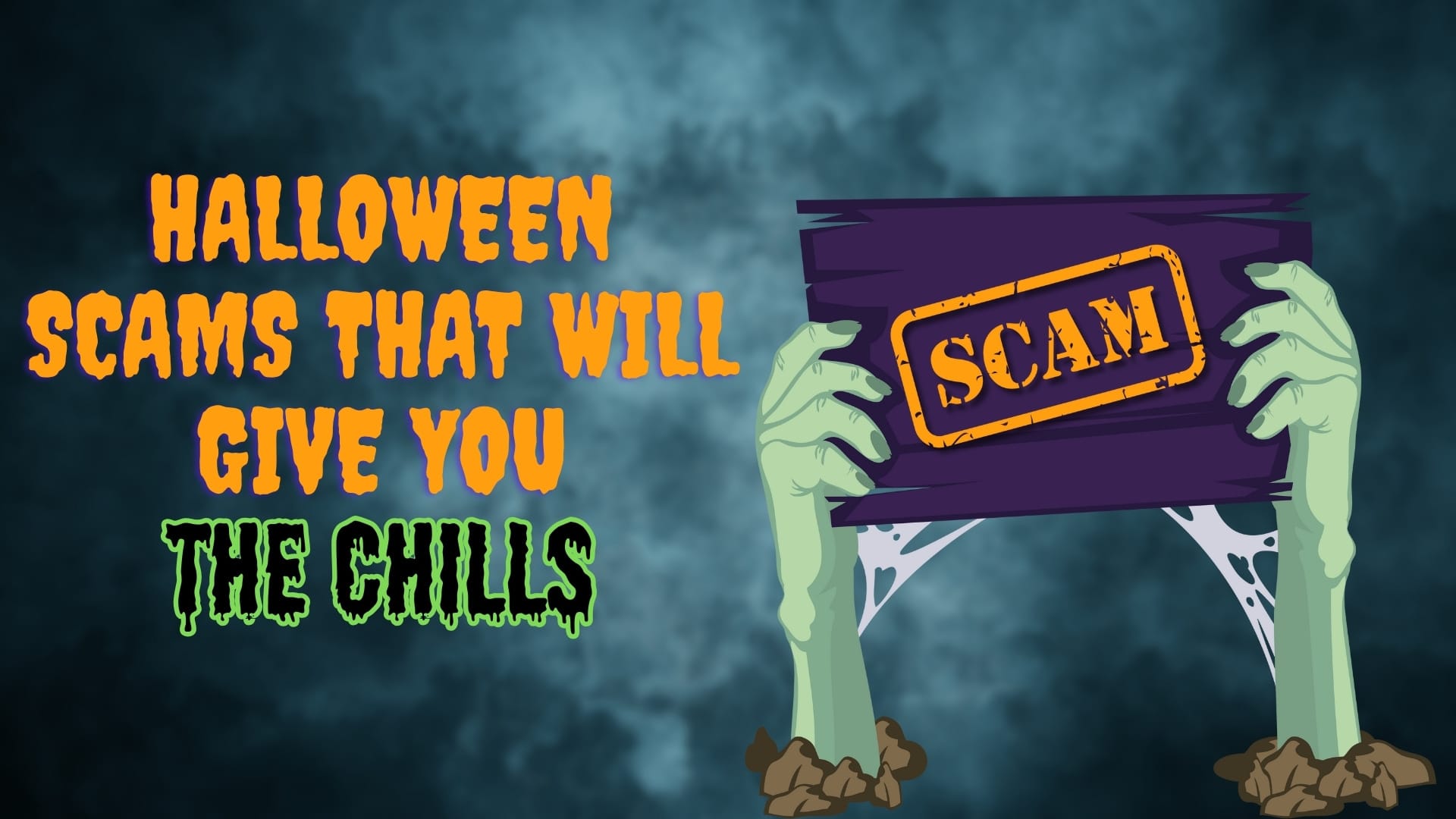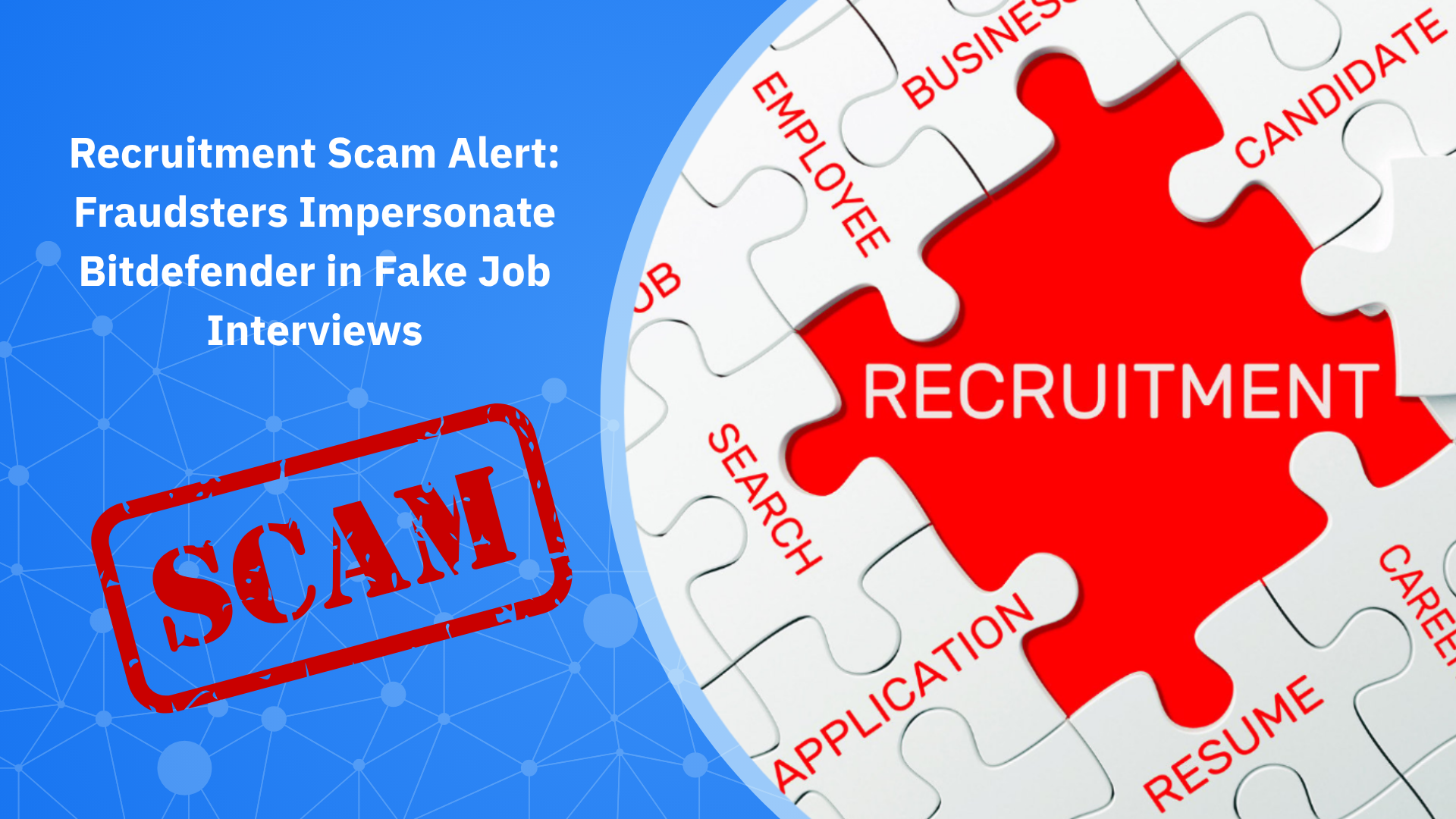Standing Up to Cyberbullying: Understanding Your Rights in France

At Bitdefender, we don’t just focus on protecting users from malware, data breaches, and scams.
The digital threats we face today go beyond code and data — they affect our mental health, emotional wellbeing, and sense of safety online.
Cyberbullying is one of those unseen but deeply harmful threats. It may not compromise your files or passwords, but it can cause lasting emotional damage.
And as France and Germany observe Anti-Bullying Awareness Month this November, it’s the right moment to address it head-on.
In a previous article, we explored the emotional and psychological impact of cyberbullying with Dr. Mickaël Worms-Ehrminger. Now, we turn to the legal framework — to understand how the French justice system defines and punishes cyberbullying, and what victims can do to seek protection and justice.
For this, we spoke with Maître Simon Clémenceau, a Paris-based lawyer specializing in criminal law, who shared his insights into the challenges, progress, and responsibilities involved in combating online harassment.
Q&A with Maître Simon Clémenceau
Q: From a legal standpoint, how is cyberbullying defined in France?
“French criminal law doesn’t recognize cyberbullying as a standalone offense,” explains Maître Clémenceau.
“Instead, it’s considered an aggravating circumstance of moral harassment under Article 222-33-2-2 of the Penal Code.”
When harassment occurs “through the use of an online public communication service or by means of a digital or electronic medium,” the penalties double, from one year in prison and a €15,000 fine to two years in prison and a €30,000 fine.
To qualify as cyberbullying, three elements must be proven:
- Repeated actions or statements, which may come from one or several individuals acting together.
- A deterioration in the victim’s living conditions, resulting in harm to their physical or mental health.
- The use of a digital or online medium, such as social networks, messaging apps, or forums.
French case law also confirms that medical proof of harm is not required. “The mere possibility of an impact on the victim’s mental health is sufficient,” adds Clémenceau.
Q: Are cyberbullying cases increasing in France?
“Yes, there’s been a noticeable rise in cases, especially among young people,” says Clémenceau.
“We now see far more proceedings before courts such as the 17th Criminal Chamber of the Paris Judicial Court.”
He attributes this increase to the growing use of social networks and greater awareness within the justice system.
However, he notes that cases involving minors are still rarely prosecuted, often due to:
- the difficulty of identifying anonymous users,
- the fear of escalation among victims, and
- the complexity of legal procedures.
“It’s essential to train professionals who work with young people — teachers, educators, counselors — to recognize online harassment and help victims seek legal support,” he emphasizes.
Q: What should victims and witnesses do first?
“The first thing to do is preserve evidence — screenshots, messages, URLs, dates,” advises Clémenceau. “Without them, it’s difficult to build a case.”
Victims are encouraged to:
- Block and report the perpetrator through the platform or via PHAROS, the French government’s official reporting site.
- File a complaint with the police or directly with the public prosecutor.
- Seek legal guidance from an attorney experienced in online harassment cases.
- Reach out for psychological support — the emotional impact can be as serious as the legal one.
- Contact the CNIL if personal data has been misused or shared without consent.
For witnesses, the best course of action is to not engage or share harmful content, to support the victim, and to report the abuse.
“Everyone can act — reporting, listening, and encouraging the victim to seek help are simple yet powerful ways to break the cycle of harassment,” Clémenceau adds.
Q: Is the French legal system adequately equipped to handle online harassment?
“The creation of PHAROS and the National Center for Combating Online Hate (PNLH) in 2021 are positive steps,” says Clémenceau.
“But there’s still a lack of training and resources.”
In 2019, for example, only 27 police officers were assigned to handle over 213,000 reports.
“Progress has been made, but the law needs to adapt to the speed of the digital world,” he stresses. “Online harassment moves fast — the legal response must, too.”
Practical Tips for Victims and Bystanders
- Keep everything — screenshots, messages, dates, and URLs are crucial evidence.
- Report abuse on social media platforms and via PHAROS (www.internet-signalement.gouv.fr).
- Seek professional advice — a lawyer can help you explore civil and criminal options.
- Get emotional support from friends, counselors, or helplines.
- If you’re a witness, don’t share or comment — support the victim and report instead.
Cyberbullying isn’t just a clash of opinions online — it’s a crime with real victims and real consequences.
While laws and resources continue to evolve, awareness and early intervention remain essential in protecting those targeted by online abuse.
“Victims should never feel powerless,” concludes Clémenceau.
“The law is there to protect them — and society must make sure it truly does.”
tags
Author
Alina is a history buff passionate about cybersecurity and anything sci-fi, advocating Bitdefender technologies and solutions. She spends most of her time between her two feline friends and traveling.
View all postsRight now Top posts
Microsoft Is Done With Windows 10 but Bitdefender Will Keep You Safe Until October 2026
October 14, 2025
Recruitment Scam Alert: Fraudsters Impersonate Bitdefender in Fake Job Interviews
October 13, 2025
FOLLOW US ON SOCIAL MEDIA
You might also like
Bookmarks






